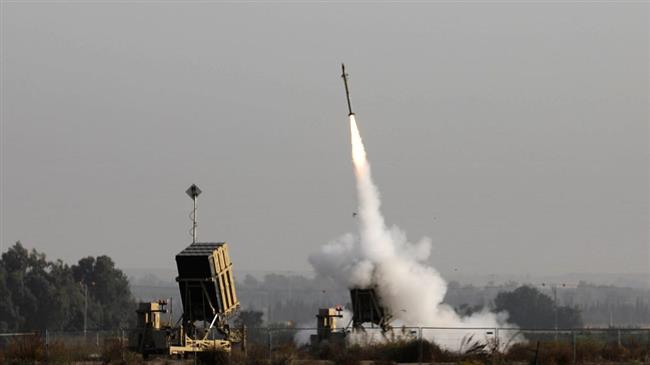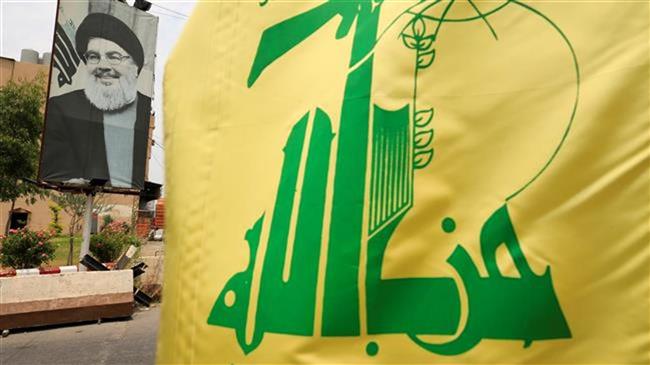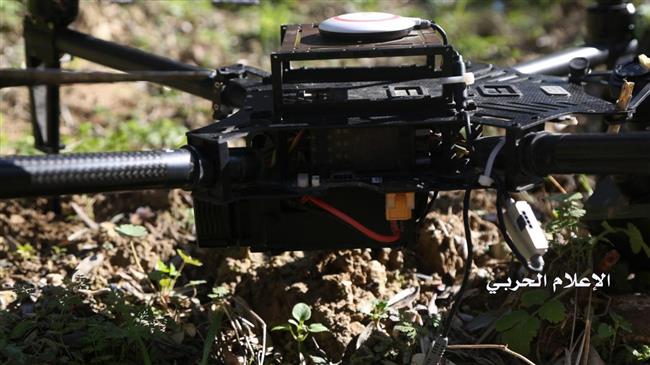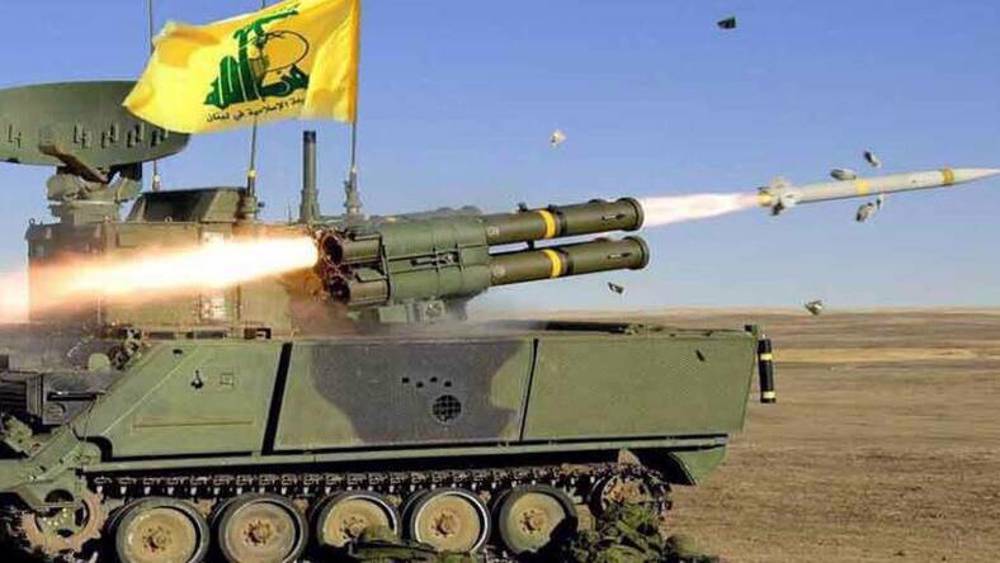Israel upgrades ‘Iron Dome’ amid fears of missile power in Lebanon, Gaza
The Israeli ministry of military affairs says it has upgraded the so-called Iron Dome missile system to intercept additional kinds of projectiles, amid fears in Tel Aviv of the increasing defense capabilities of resistance groups in Lebanon and the Gaza Strip.
Moshe Patel, who is in charge of the ministry’s missile department, said in a statement on Tuesday that the missile system had completed a series of tests, including interceptions of rocket and missile salvos as well as simultaneous interceptions of multiple unmanned aerial vehicles.
Patel added the new system would be deployed by Israel’s air force and navy in the near future.
The highly-publicized Iron Dome system was designed to detect, assess and intercept a variety of shorter-range targets such as rockets, artillery and mortars, but it has proven largely ineffective in serving that purpose during the military conflicts that the regime has waged over the past years.
The anti-missile project was first installed in 2011 near Beersheba as a mobile all-weather system, years after Tel Aviv’s humiliating defeat in its 33-day war on Lebanon, in which the regime suffered huge losses thanks to the major role that the Hezbollah resistance movement played in defending its homeland.
The Israeli regime long tried to portray the “Iron Dome” as an invincible and all-powerful missile system, but the thoughts of an invulnerable missile shield evaporated during the regime’s military aggression against the blockaded Gaza Strip in 2019.
During that conflict, Palestinian resistance fighters with the Hamas and Islamic Jihad resistance groups overwhelmed the system by firing around 700 missiles towards the Israeli-occupied territories in just two days. Only some 240 of them were intercepted.
Hamas and Islamic Jihad said back then that they deliberately fired enormous numbers of rockets at a specific target zone in a new tactic to saturate Iron Dome. Four Israeli settlers were killed and at least 80 others injured in Gaza’s retaliatory attacks.
Earlier, during Israel’s 2014 war on Gaza, five Israelis were killed in the Palestinian retaliatory rocket fire against the occupied territories, raising serious questions about the accuracy of the system and causing panic among the Israelis living in the southern parts of the occupied territories over what they viewed as the regime’s failure to protect them.
The performance of Iron Dome had likewise come under scrutiny following a similar Israeli military aggression against the besieged Palestinian territory two years earlier in November 2012.
The Israeli regime suffered low casualties during that conflict, with many media outlets attributing the figures to the effectiveness of the missile system; however, close reviews of photographs of Iron Dome interceptor contrails later revealed that system’s success rate had been very low — as low as 5 percent or even less — and that the casualty number was low only as a result of emergency rescue efforts.
The new report about the upgrades came a day after the regime admitted to a dramatic growth of Hezbollah’s missile power over the past years.
Senior Israeli military commander Uri Gordin said the Lebanese resistance group would be able to fire as many as 2,000 rockets at the occupied territories per day in a future military conflict.
His opinion piece, titled “Is Israel ignoring the biggest strategic threat it faces?”, said that while Israeli authorities have been intensifying their acts of aggression against Syria, they have not stopped Hezbollah's efforts to establish an independent capability of producing and manufacturing accurate missiles on Lebanese territory.
Both Lebanon’s Hezbollah and the Palestinian resistance groups have repeatedly said they will not initiate any military conflict with the warmongering regime in Israel, but warned that they will surprise the regime with their crushing response if it opts to launch an act of aggression against Lebanon and Gaza again.
Pezeshkian to US, Europeans: You are killing women, children
VIDEO | COP29: another climate failure?
ICC issues arrest warrants for Netanyahu, Gallant for war crimes
Israeli strikes kill 88 Palestinians in northern Gaza
American voters plainly rejected complicity in Gaza genocide: Iran FM spox
ICC should issue more arrest warrants for Israeli authorities over Gaza genocide: UN expert
Israel using AI weapons co-produced by India in Gaza genocide: Report
Israel issues new evacuation orders, shortly launches strikes on southern Lebanon



















 This makes it easy to access the Press TV website
This makes it easy to access the Press TV website